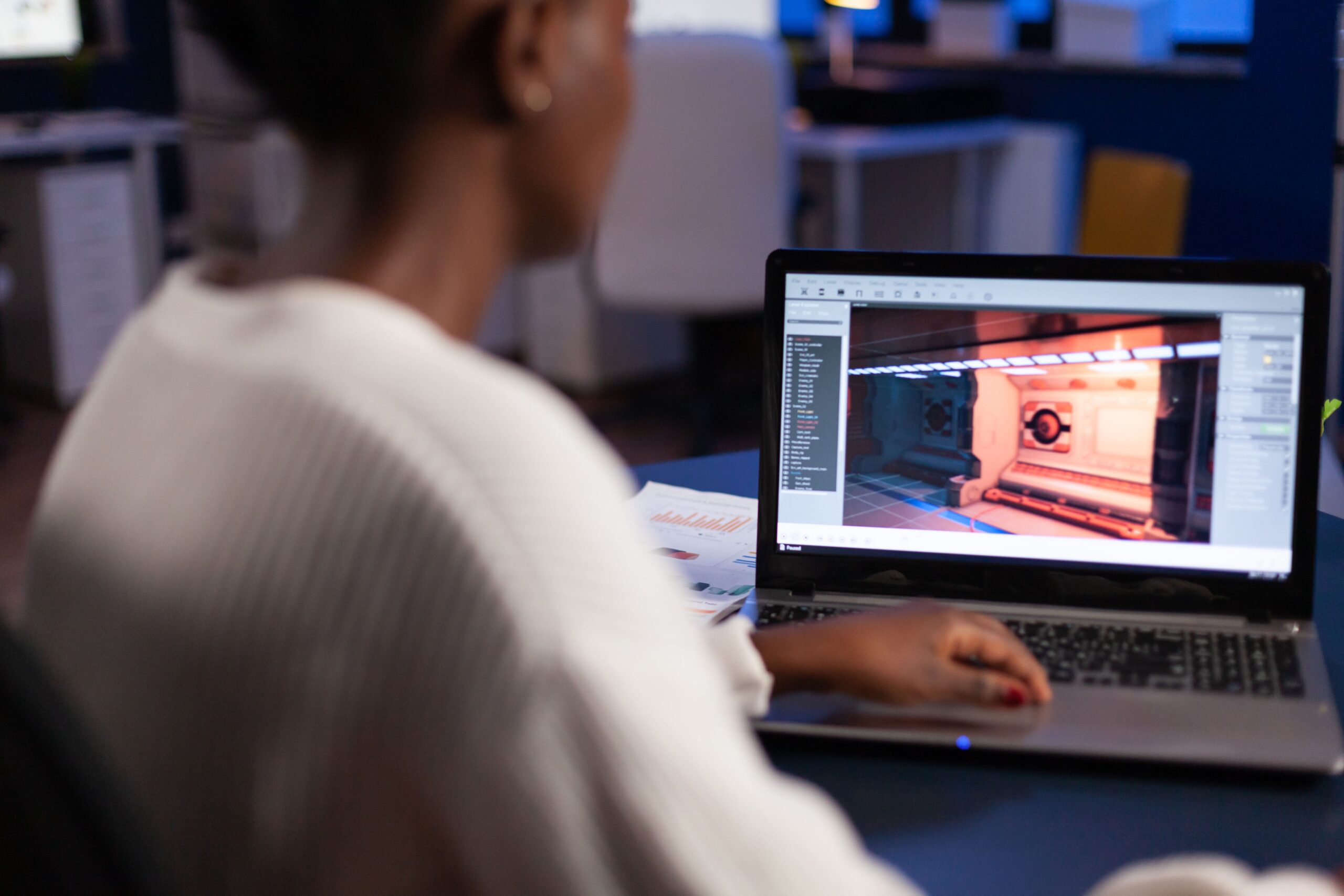In visual storytelling, two techniques often stand out for their creativity and impact: stop motion and animation. Both methods bring characters and worlds to life, but each offers its own style, workflow, and technical approach. Understanding their differences can help aspiring creators choose the technique that best suits their goals.
Understanding Stop Motion
Stop motion, also known as stop-frame animation, is a filmmaking technique where physical objects are moved in tiny increments and photographed one frame at a time. When these images are played in sequence, they create the illusion of motion. Artists may use clay, puppets, toys, household objects, or even real people in this process.
A major appeal of stop motion is its tactile, handmade aesthetic. Sets, props, and characters are built by hand, giving stop motion a distinctive charm and nostalgic feel that many filmmakers and audiences adore.
Exploring Animation
Animation covers a wide range of styles and techniques that create movement through sequential images. Traditional 2D animation uses hand-drawn frames, while modern approaches include CGI, 3D animation, and motion graphics.
Unlike stop motion, which requires physical manipulation, digital or hand-drawn animation gives creators greater flexibility, control, and precision. This makes animation ideal for projects that require smooth motion, fantasy elements, or fast-paced production workflows. Its versatility makes it prevalent in film, television, games, education, and advertising.
Key Differences Between Stop Motion and Animation
Here’s a quick, beginner-friendly overview to help you distinguish the two techniques:
- Execution: Stop motion uses real objects photographed frame by frame; animation is drawn or digitally created.
- Visual Style: Stop motion has a physical, handcrafted look; animation ranges from hand-drawn to hyper-realistic CGI.
- Workflow: Stop motion demands meticulous planning and physical setup; animation allows easier edits and digital adjustments.
- Realism vs. Fantasy: Stop motion feels grounded and tangible; animation offers unlimited creative freedom.
- Time and Resources: Stop motion is time-intensive due to physical construction; animation can be faster with the right digital tools.
Top 10 Jobs in Animation and Stop Motion
If you’re exploring career paths in these fields, here are key roles that make up the industry:
- Animator – Creates movement and emotion through animation techniques.
- Stop Motion Animator – Specializes in frame-by-frame animation with physical objects.
- Storyboard Artist – Visualizes the script and sequences through drawn panels.
- Character Designer – Develops the look, personality, and style of characters.
- Background Artist – Creates environments and settings for scenes.
- Visual Development Artist – Shapes the overall aesthetic, color palette, and lighting style.
- Rigging Artist – Builds skeletal structures for characters in digital animation.
- Texture Artist – Designs surface textures for characters and environments.
- Lighting Artist – Controls mood and atmosphere through lighting design.
- Effects Animator – Produces visual effects such as fire, smoke, water, and magic.
Conclusion
Stop motion and animation are both powerful storytelling tools, each offering unique strengths depending on the creative vision behind a project. While stop motion delivers a tactile, handcrafted charm, animation provides flexibility and limitless possibilities through traditional and digital methods. Understanding their differences helps creators choose the technique that best aligns with their style, resources, and goals—whether they’re pursuing artistic expression, professional work, or a career in the animation industry.
Key Takeaways:
- Stop motion uses physical objects and frame-by-frame photography, resulting in a tangible, handcrafted look.
- Animation includes a wide range of techniques—from hand-drawn to CGI—offering greater flexibility and precision.
- Stop motion requires a detailed physical setup and is more time-consuming, while animation allows easier digital refinement.
- Animation is highly versatile, making it ideal for films, TV, games, ads, and educational content.
- Both stop motion and animation offer strong creative and career opportunities across many artistic and technical roles.
- Careers such as animator, storyboard artist, character designer, lighting artist, and effects animator are essential in both fields.
For those looking to delve deeper into the world of animation and enhance their skills, the NYU Animation Industry Essentials online course and certificate program by Yellowbrick offers valuable insights, industry knowledge, and practical skills to excel in the dynamic field of animation.
Consider enrolling in this comprehensive program to unlock your potential as an animator and embark on a rewarding journey in the ever-evolving world of animation.








